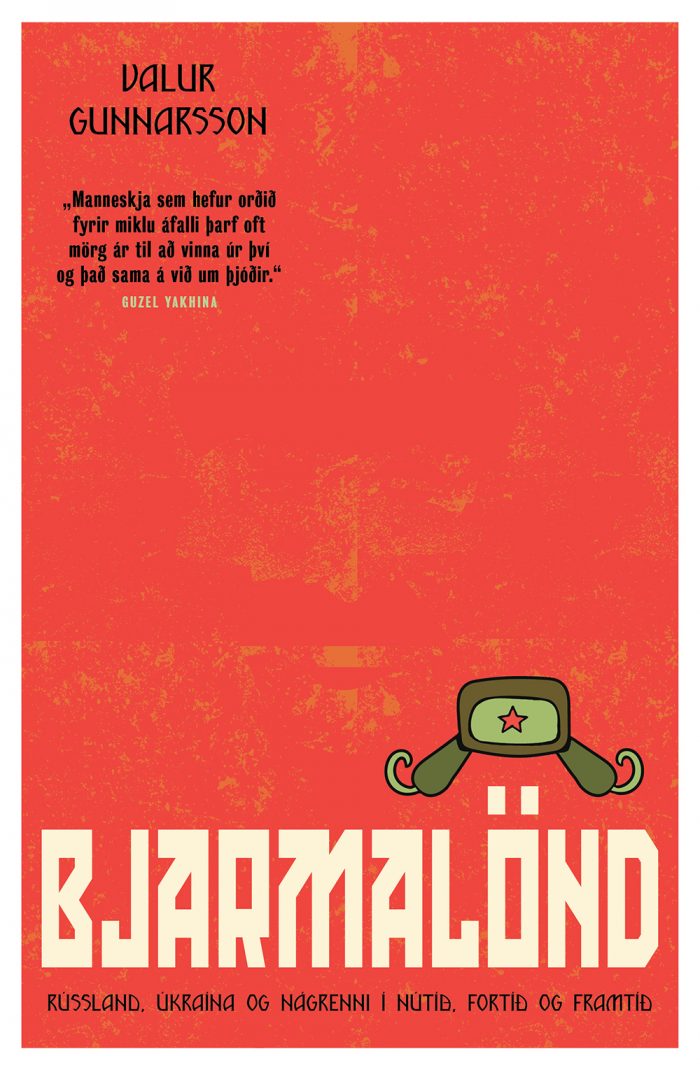A new paper is now available in our dissertations segment. Written by your humble editor while on location in Kyiv and having to prolong his stay because of covid, 2020 turned into a very productive period. The stay formed the backdrop to the nr. 1 best-selling non-fiction book Bjarmalönd, now back in the Icelandic charts. The dissertation, which was part of my master’s degree, can be found below. The opening reads:
“The Russians and the Ukrainians, and indeed the Belarusians too, share an origin myth which reaches back to the legendary Rurik’s founding of the kingdom of the Kyivan Rus However, rather than reaching fruition in the early 20th century, as was the case in much of Central Europe, the origin story was subsumed into the Soviet experiment, and only remerged after 1991. It is still very much a work in progress.
Here we will look at how the founding myth of the Rus has been used in the Ukrainian
nation building project, which will unavoidably lead to comparisons with Russia and, to a
lesser extent, other neighbouring countries such as Poland, Belarus and Lithuania. From the Normanist debate of the mid-18th century to the rise of nationalism in the 19th century and the use of the Rus in the the Soviet Union, we turn to the present with its all its historical complexity and political ramifications regarding the relationship between Ukraine and Russia.”
Lokaverkefni: “Origin Stories: The Kyivan Rus in Ukrainian Historiography” | Skemman

